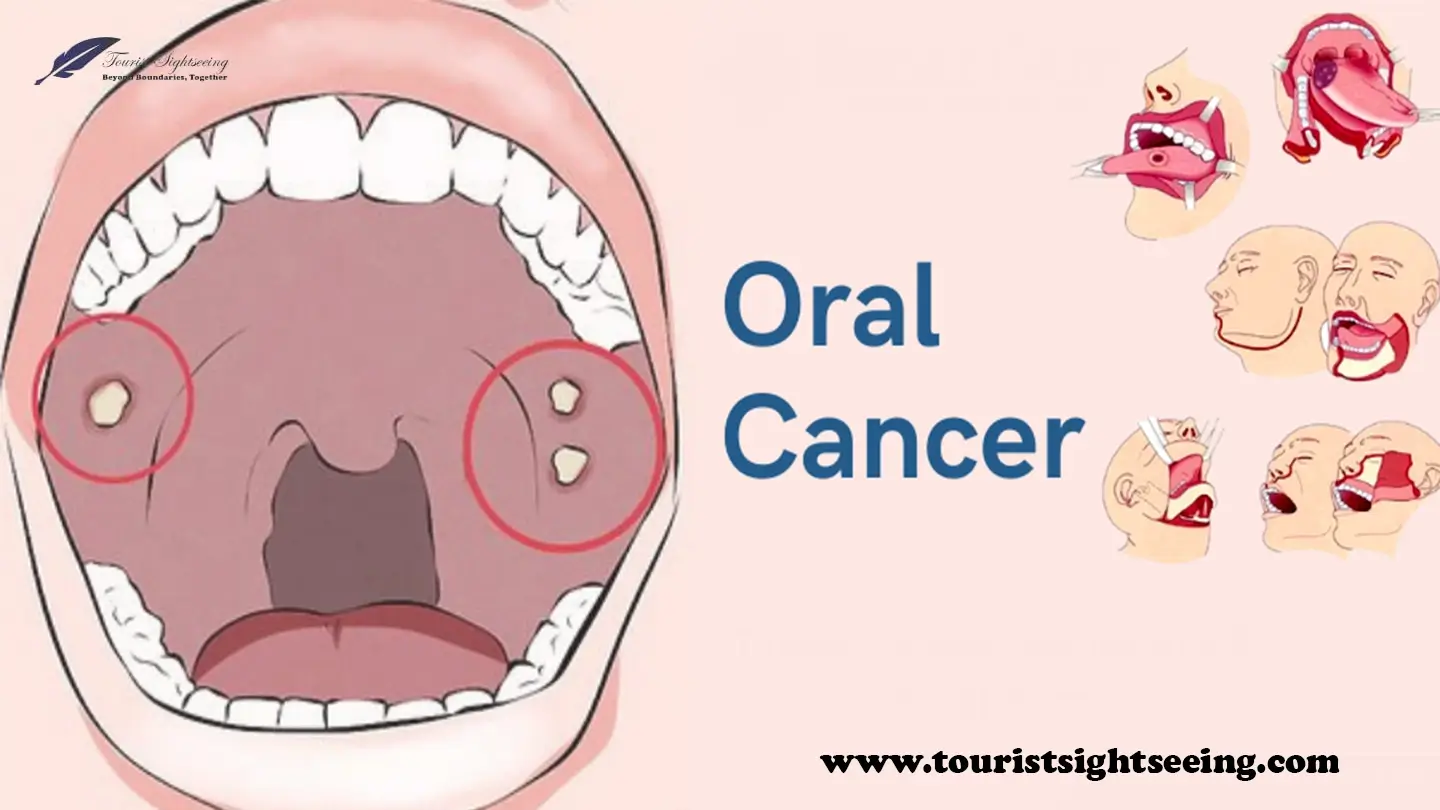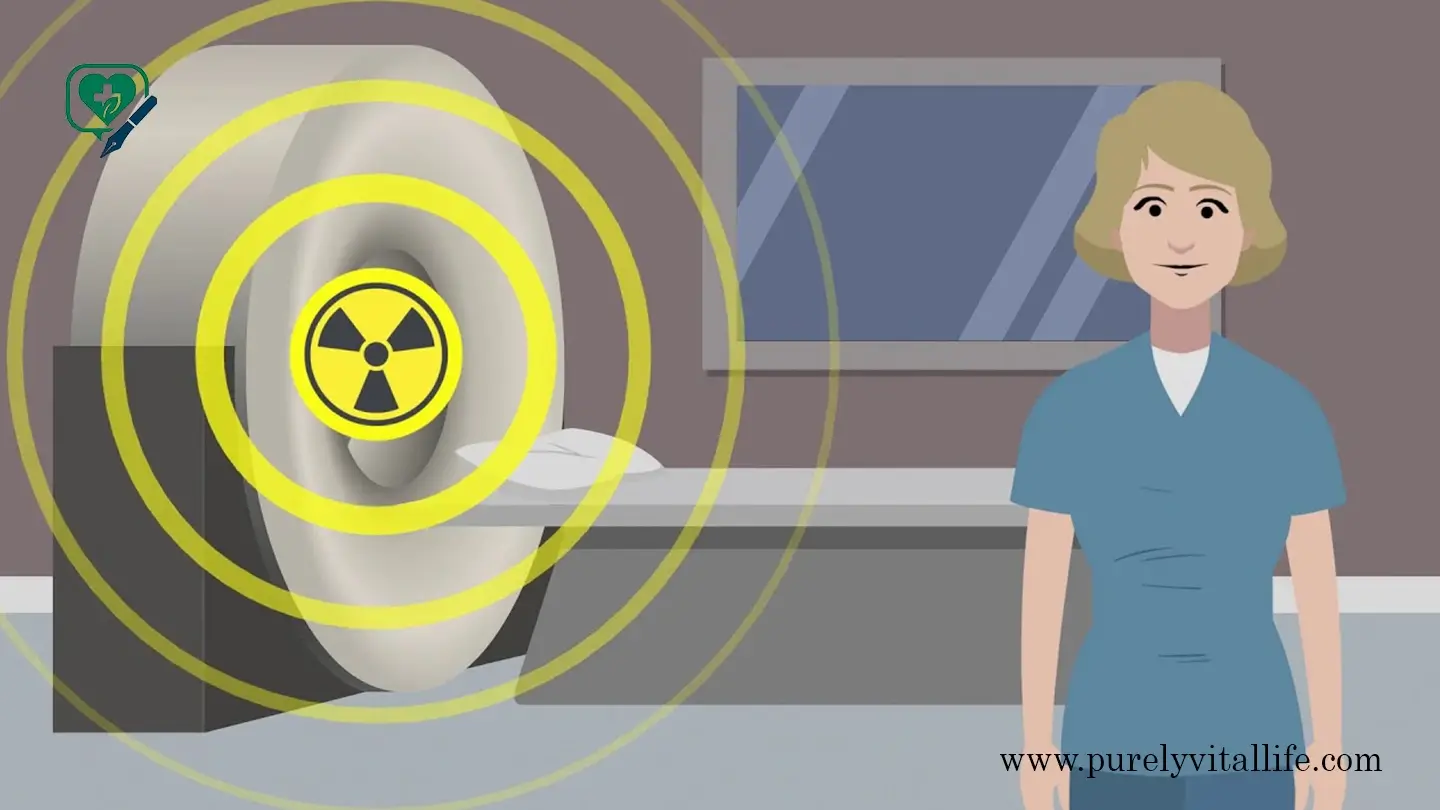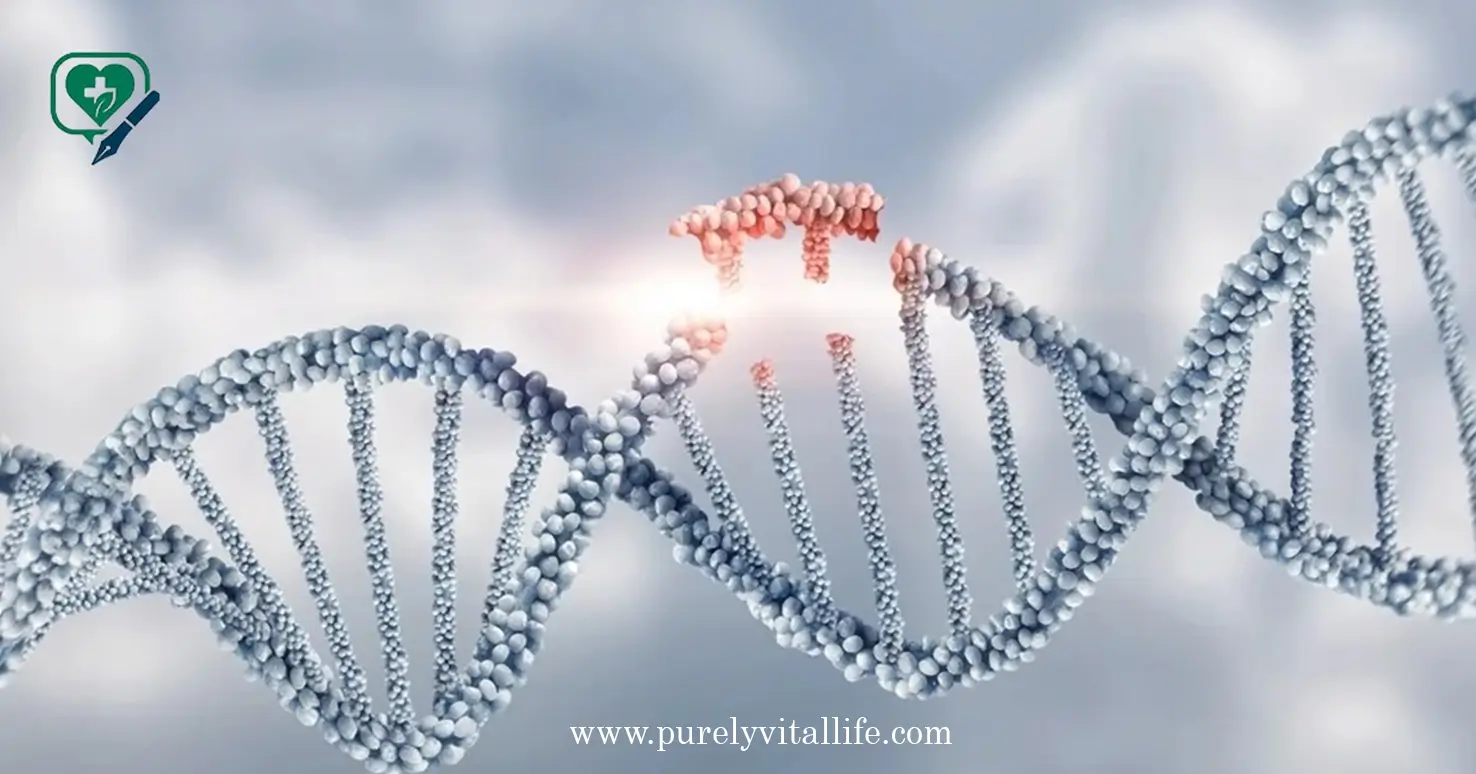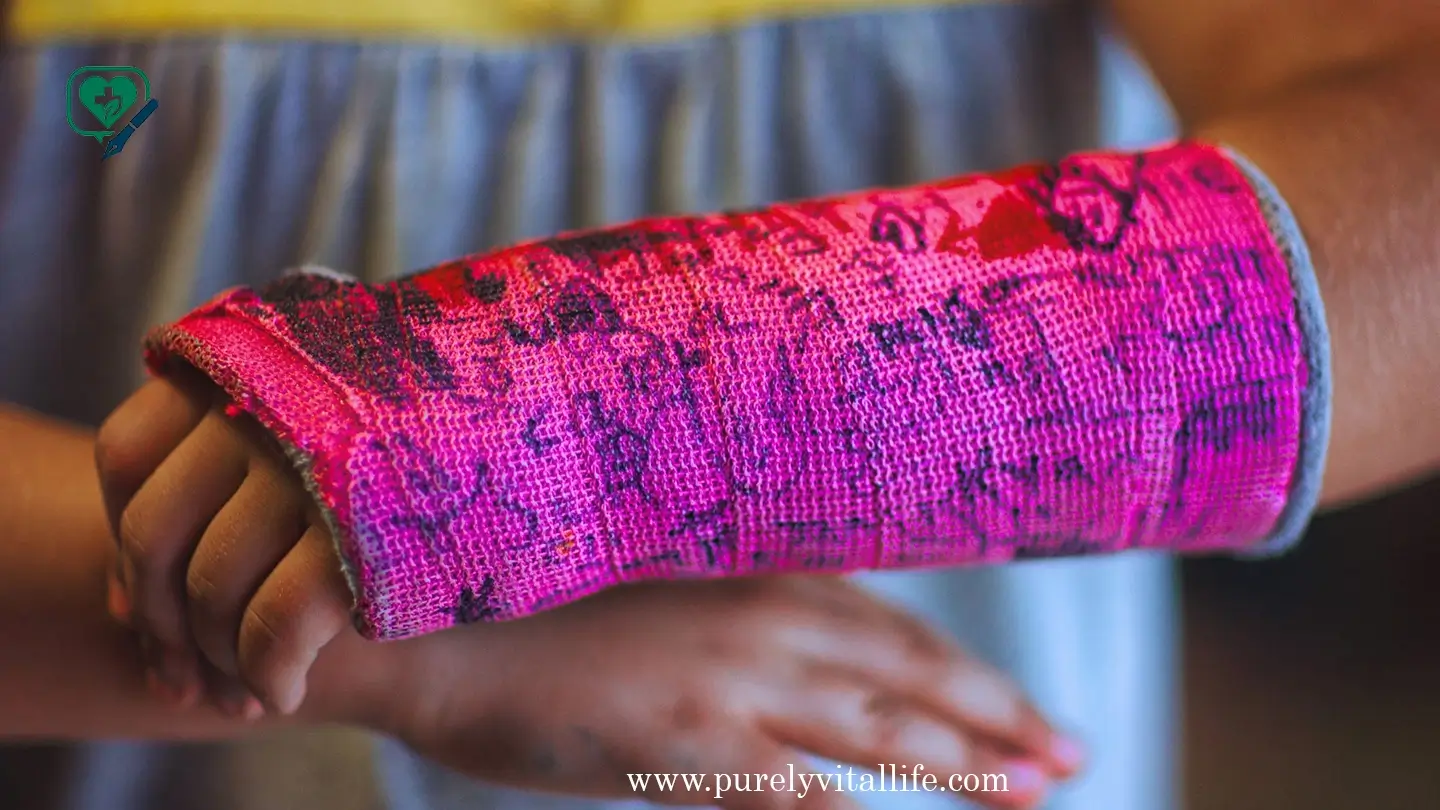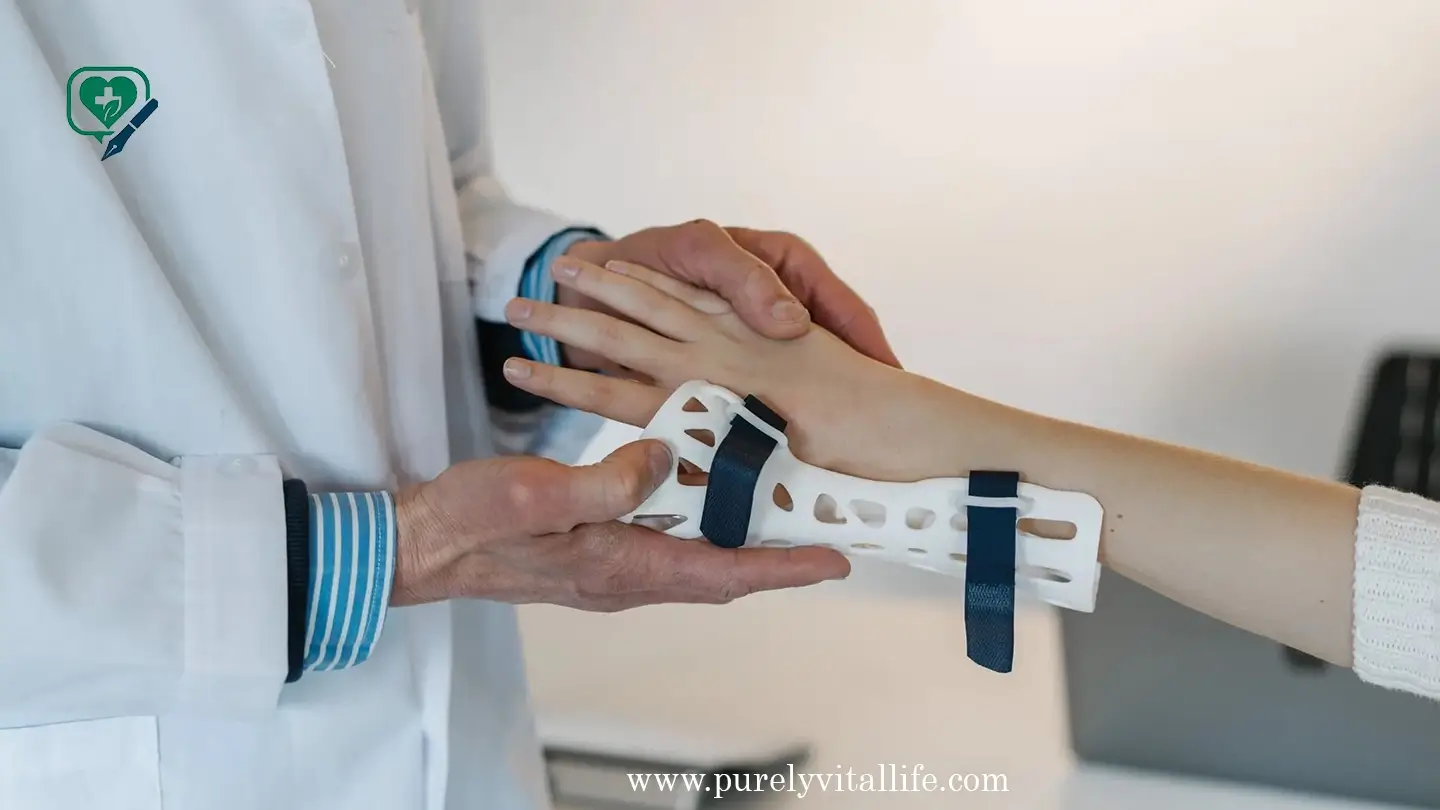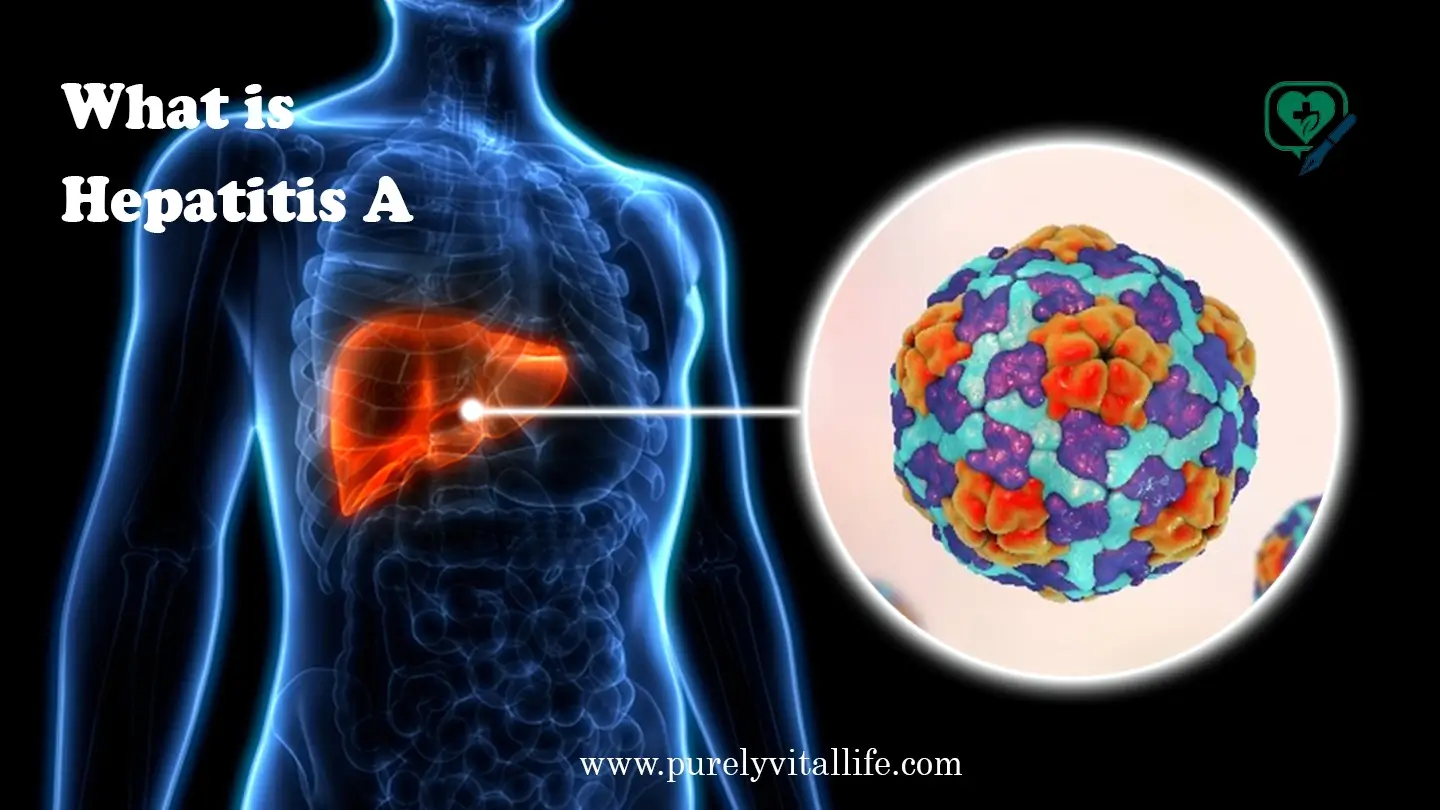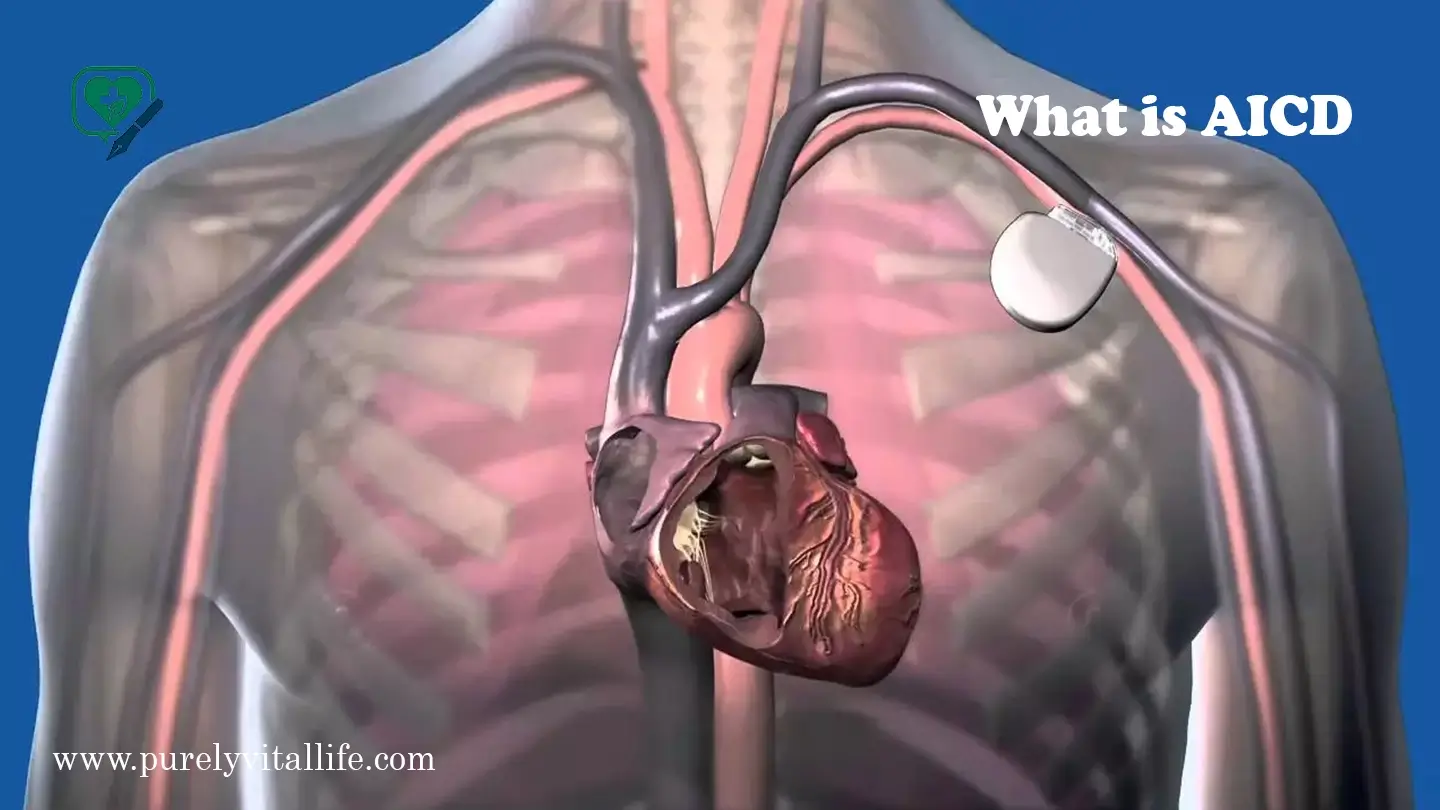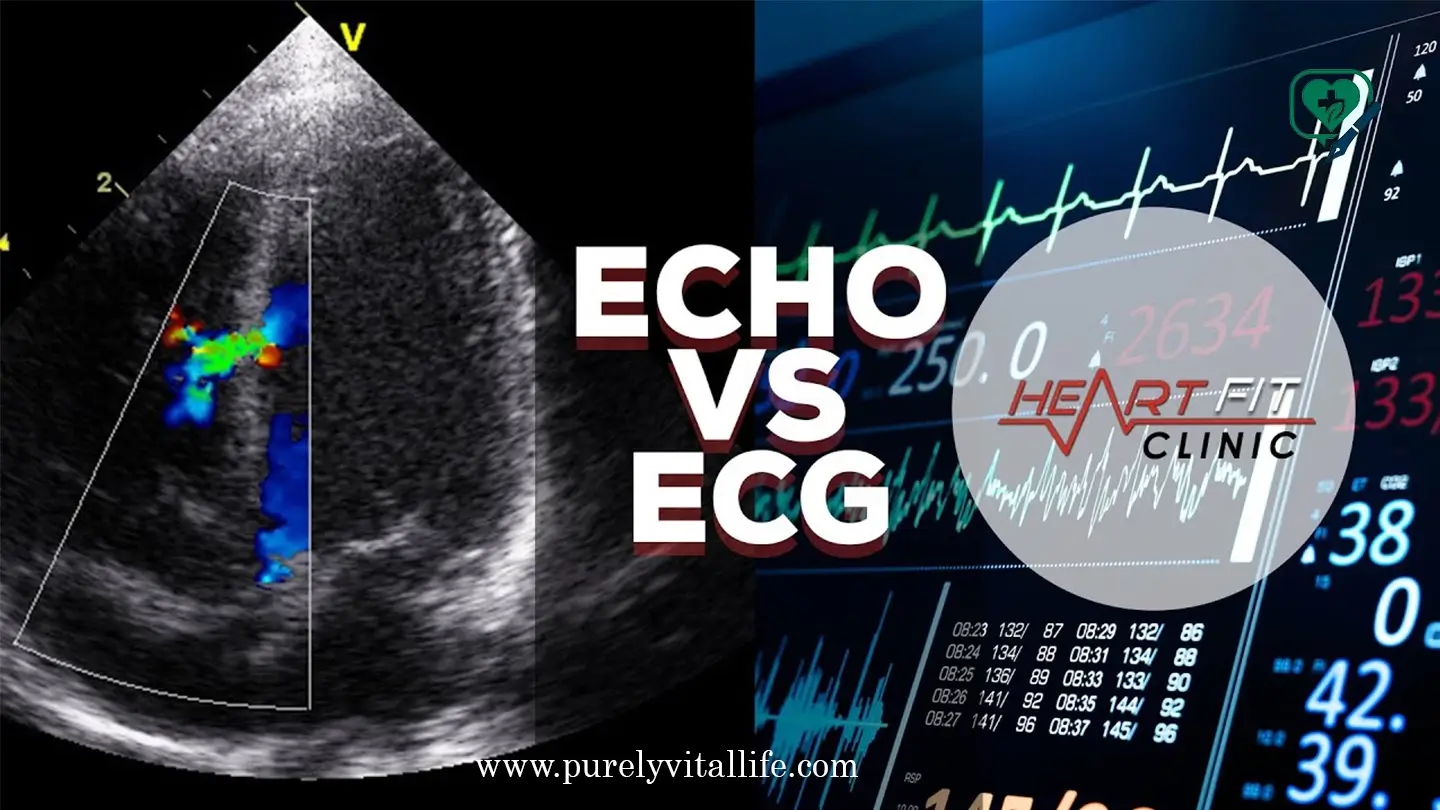
Introduction to the Types of Joints Between the Sternum and Ribs:
As students learn the skeletal system, one of the more frequently asked anatomy questions is “What type of joint exists between sternum and ribs?”. This joint plays an integral role in breathing, rib cage stability, and overall chest movement. At Purely Vital Life, being aware of every part of your body empowers people to lead healthier lives.
The connection between the sternum (breastbone) and ribs forms various types of joints depending on their number and location, providing flexibility while still protecting vital organs like the heart and lungs. These joints play an essential role in providing flexibility in breathing while protecting vital organs such as the heart and lungs from injury.
Anatomy of Sternum and Ribs:
Before understanding the type of joint between the sternum and ribs, it is necessary to review their anatomy.
- Sternum (breastbone): Also referred to as a breastbone, the sternum is a flat and elongated bone located at the center of your chest that comprises three sections:
- Manubrium – upper portion.
- Body of the Sternum – its central, elongated section
- Xiphoid process – the lower portion.
- Ribs: Humans typically possess 12 pairs of ribs, which can be divided into:
- True Ribs (1-7): Attached directly to the sternum.
- False Ribs (8-10): They’re connected indirectly via cartilage.
- Floating Ribs (11-12): Ribs that do not connect directly to the sternum.
Together, the sternum and ribs form the rib cage, protecting internal organs while permitting expansion and contraction during breathing.
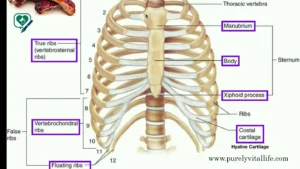
What Are My Joint Options Between Sternum and Ribs?
The type of joint between the sternum and ribs varies depending on which rib we’re discussing; these joints are medically known as “sternocostal joints”. Let’s break this down further:
- First Rib: The synchondrosis between the first rib and sternum is composed of primary cartilaginous joints made up of hyaline cartilage that does not allow movement; its stability ensures structural support of the upper chest region.
- Second to seventh ribs: These ribs connect to the sternum via synovial plane joints. These flexible joints allow your rib cage to expand and contract with every breath you take, keeping the interior space unobstructed for comfortable breathing.
- Eighth to Tenth Ribs: These ribs connect indirectly via cartilage to form cartilaginous joints with the seventh rib’s cartilage, ultimately connecting with the sternum via their cartilaginous jointing surfaces.
Therefore, the joint between the sternum and ribs may either be cartilaginous or synovial, depending on which rib is involved.
Understanding the Type of Joint Between Sternum and Ribs Is Critical
Many people forget the role rib joints play when considering their overall skeletal health, yet the type of joint between the sternum and ribs plays a vital part in it:
- Breathing mechanics: Thanks to flexible synovial joints, breathing allows the chest to expand during inhalation and contract upon exhalation.
- Protection of Organs: With these joints, organs are protected against impacts without breaking easily.
- Posture and Movement: Correct alignment of sternocostal joints has an enormous effect on overall posture and chest mobility.
- Medical Diagnosis: Knowledge of these joints is vital when diagnosing conditions like costochondritis (inflammation of rib cartilage).
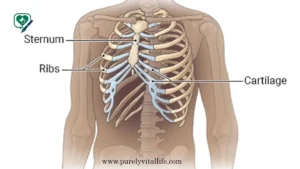
Rib Cage Joints for Better Movement:
To provide an in-depth view of the joint between the sternum and ribs, let’s investigate its three primary categories.
- Cartilaginous Joints (Synchondrosis)
- Found in the first rib, these screws are highly secure and permanent.
- Strengthening the upper rib cage.
- Synovial Joints (Plane Joints)
- Found in Ribs 2-7, glide joints allow small gliding movements.
- Essential for improving breathing and flexibility.
- Costochondral Joints
- These joints connect ribs to their costal cartilages.
- These joints are the primary cartilaginous joints.
- Force transfer devices help distribute pressure across both ribs and the sternum.
Therefore, the type of joint between the sternum and ribs isn’t constant: It varies across the rib cage.
 :
:
Understanding the type of joint between the sternum and ribs can also aid in diagnosing health conditions:
- Costochondritis: an inflammation of cartilage at the sternocostal joints that leads to chest pain.
- Tietze Syndrome: Swelling and tenderness in the area between the sternum and ribs.
- Joint Stiffness: With age comes less pliability of cartilage, leading to reduced chest expansion.
- Injury to the Rib Cage: Trauma to the rib cage can damage synovial joints, leading to pain or difficulty breathing.
How Does the Sternum-Rib Joint Influence Breathing?
Breathing is an automatic process, but its success relies heavily on the type of joint between the sternum-rib. When inhaling, your ribs move upward and outward due to synovial sternocostal joints; on exhale, they return to their resting positions.
If these joints were all immovable, breathing would become impossible; on the other hand, too flexible joints could compromise heart and lung function, leaving too little protection for our hearts and lungs. Achieving a balance between stability (cartilaginous joints) and mobility (synovial joints) is key, particularly when experiencing inflammation or even just noticing lump on rib – understanding these joints is even more vital for pinpointing any potential issues related to bone, cartilage, or surrounding tissues.
Maintaining Healthy Sternocostal Joints:
At Purely Vital Life, we advocate proactive health practices. In particular, for maintaining the sternum-rib joint health:
- Maintain good posture to limit any additional pressure on the rib cage.
- Utilize deep breathing exercises to keep rib joints mobile.
- Stay active through stretches and moderate exercise.
- Protect your chest during physical activities.
- Should you experience sudden chest pain that cannot be explained, seek medical help immediately.
Final Notes on Sternum and Ribs Joint Type
The joint between the sternum and ribs is an eye-opening example of how our bodies balance strength with flexibility. The first rib forms a cartilaginous joint, while subsequent ribs 2-7 form synovial joints to allow small but essential movements for breathing. This unique design protects our bodies while supporting vital functions.
By understanding these joints, not only do you increase your anatomical knowledge, but you also become more aware of any conditions that may negatively impact the health of your rib cage. At Purely Vital Life, we believe that understanding oneself and one’s body is a first step toward better living.


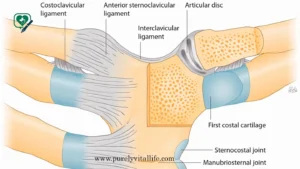 :
: